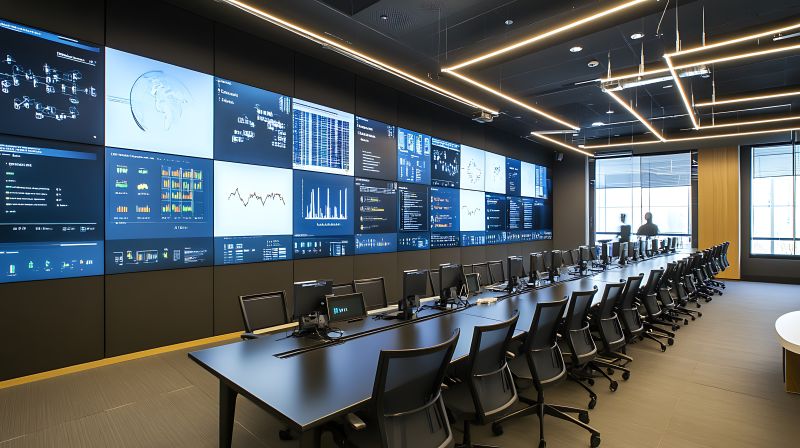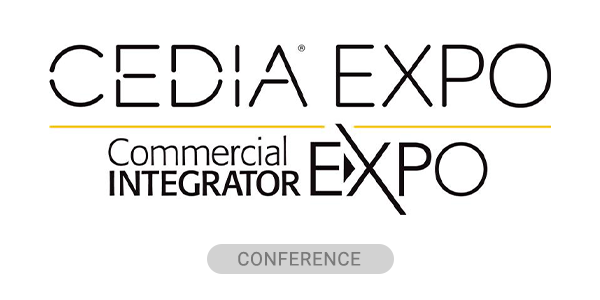Control rooms are the nerve centers of mission-critical operations. From emergency response centers and traffic management hubs to energy grid monitoring stations and corporate security operations, these environments demand seamless coordination of data, visuals and communications.
Control rooms are naturally complex, integrating diverse technologies like real-time video feeds, data visualization tools, communication systems and monitoring equipment into a unified, accessible system designed to support high-pressure decision-making.
At the heart of this complexity are the audiovisual systems that enable operators to access and manage vast amounts of information. These systems must deliver flawless performance and accommodate the dynamic needs of users who rely on rapid access to critical resources.
Challenges such as latency, security, system interoperability and scalability further complicate control room designs. Operators often face hurdles like noisy, heat-producing hardware, fragmented workflows and risks of unauthorized access, all of which can hinder productivity and compromise outcomes.
To solve these challenges, control rooms require innovative, scalable solutions that simplify device management while maintaining the integrity of the systems they support.
Advantages of KVM Solutions
A key solution is using keyboard, video and mouse (KVM) systems to centralize resources and improve control, streamlining operations while fostering a more efficient and secure environment for operators. Here are some of the key advantages:
- Improved Working Conditions: By relocating noisy and heat-generating computers to a centralized server room, KVM systems create a quieter, cooler and more comfortable workspace for operators.
- Streamlined Maintenance: Housing all computers in a single, dust-free environment simplifies maintenance and allows IT teams to manage hardware more efficiently, reducing downtime and ensuring consistent performance.
- Enhanced Security: Centralizing computers prevents unauthorized access and misuse. Non-specialized operators cannot inadvertently perform unsecured actions, protecting critical data and systems.
- Access Control and Flexibility: Operators can securely access any machine on the network based on permissions. This flexibility allows teams to work from different locations while maintaining secure access to essential systems.
- Collaborative Workspaces: KVM systems enable multiple operators to share workspaces and view the same sources simultaneously, which fosters collaboration and improves response times during critical operations.
- Optimized Licensing Management: Computers dedicated to specific functions allow organizations to optimize software licensing costs, reducing overhead without compromising capabilities.
- Security Beyond Virtualization: Unlike virtualization solutions, KVM systems provide superior security by enabling out-of-band control, siloed organization and air-gapped environments, which are critical features for sensitive operations where data protection is non-negotiable.
Final Thoughts
In today’s mission-critical environments, where every second counts, the efficiency, reliability and security of control room operations are paramount. KVM systems offer a powerful, centralized solution that not only simplifies complex AV workflows but also enhances the overall working environment for operators.
By reducing hardware clutter, improving access controls and enabling seamless collaboration, KVM systems address many of the inherent challenges in control room design.
Ultimately, adopting KVM technology empowers organizations to maintain peak operational performance, respond swiftly to evolving situations and safeguard sensitive information to deliver the resilience and agility that modern control rooms demand.
Stephane Tremblay is president of the SDVoE Alliance.




